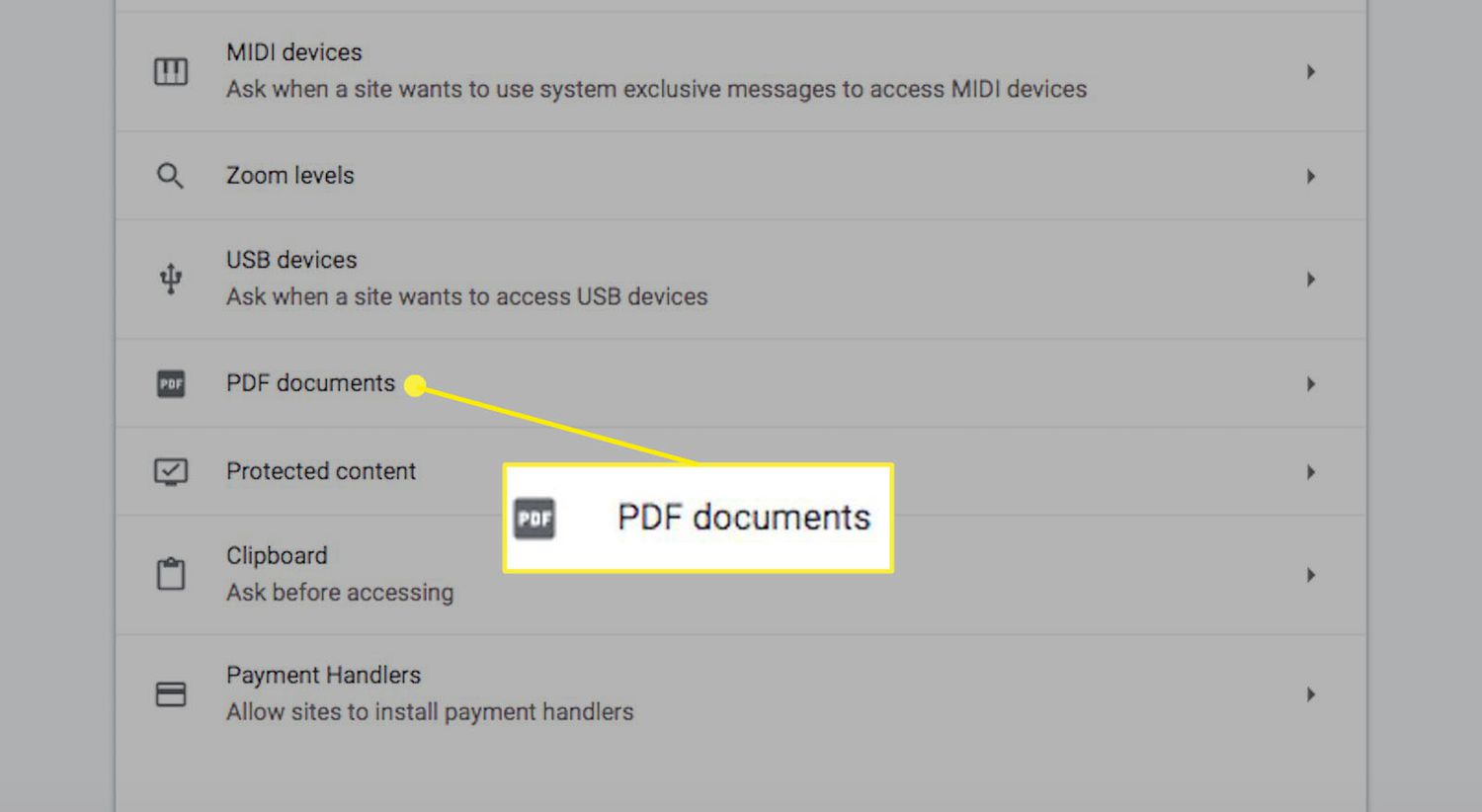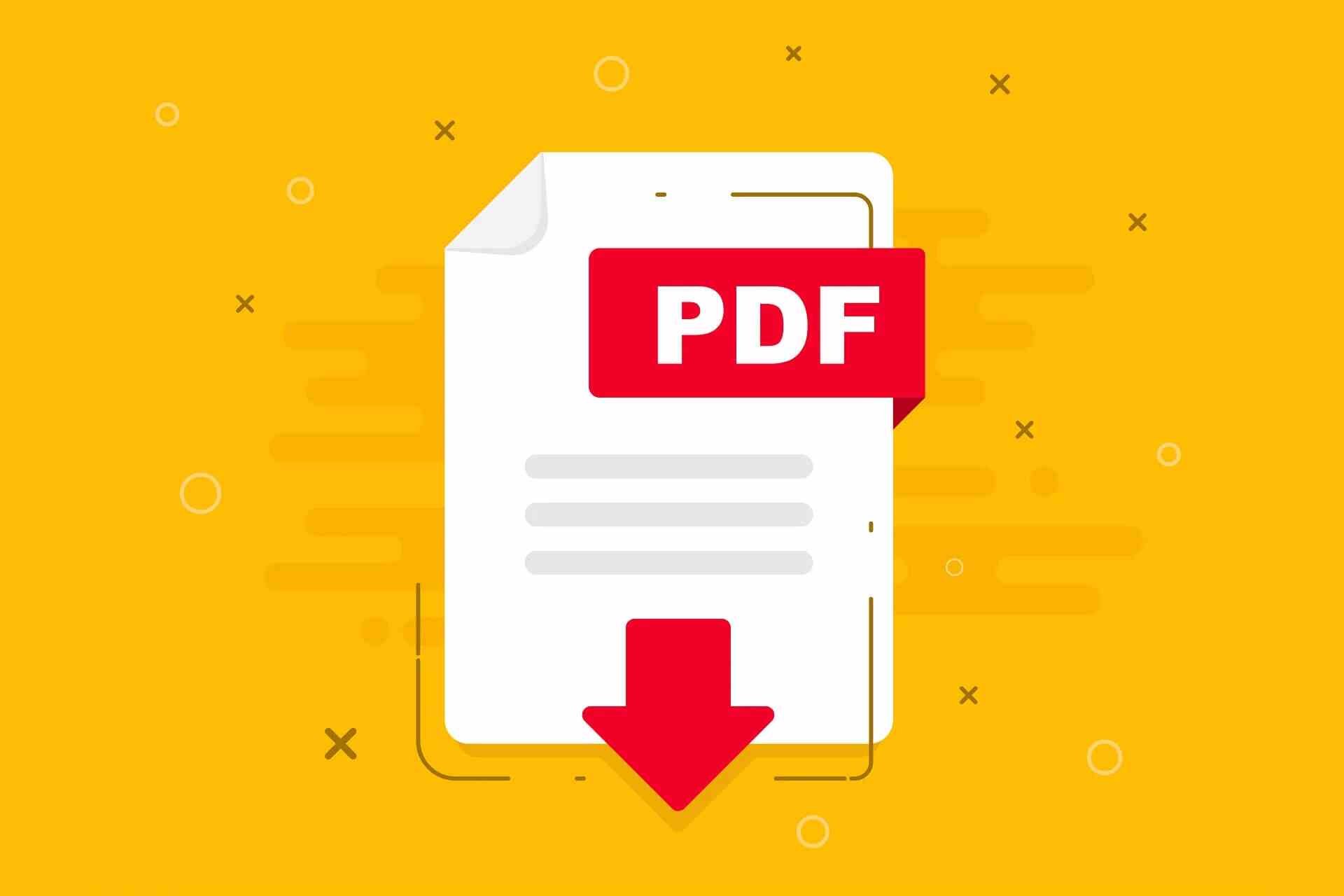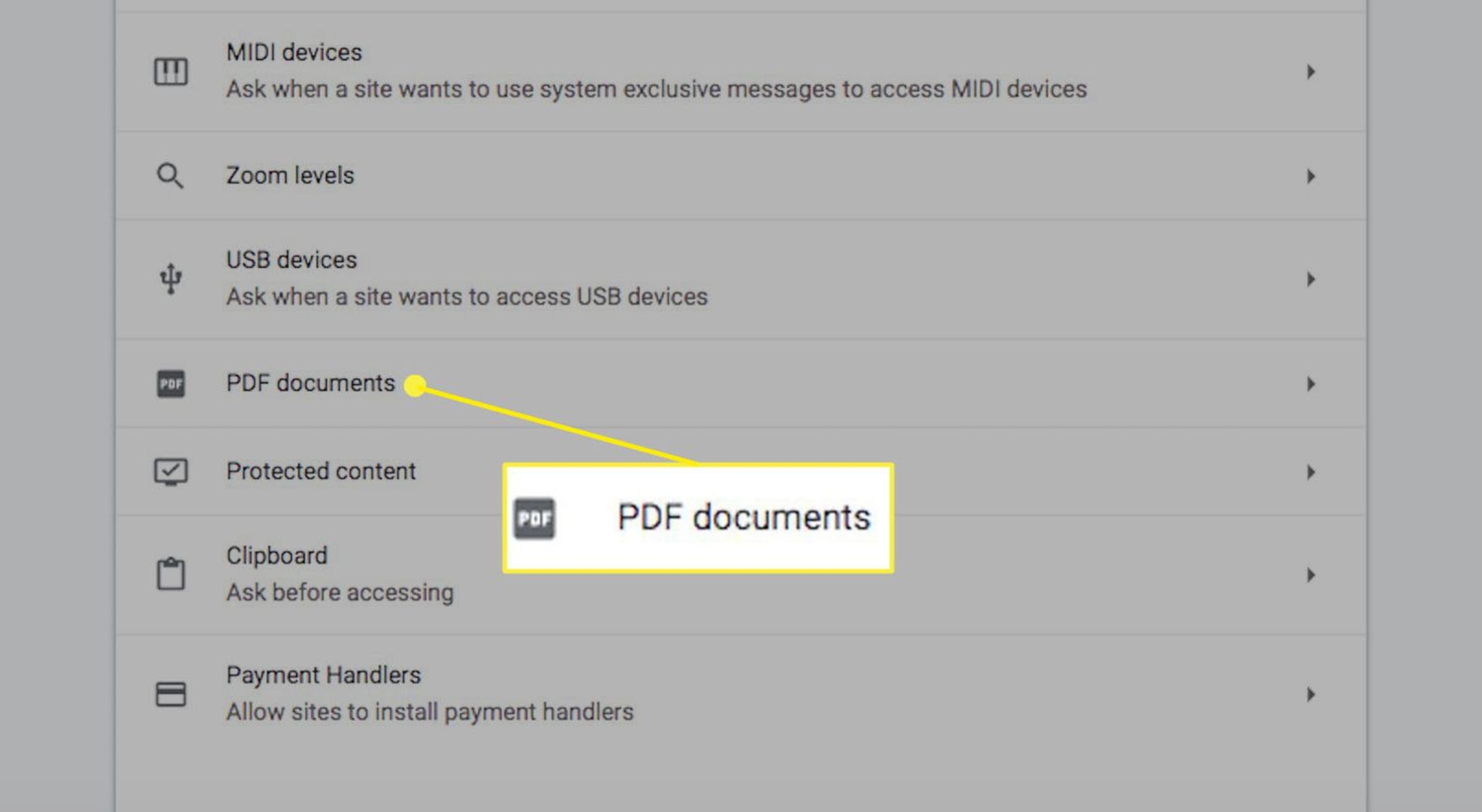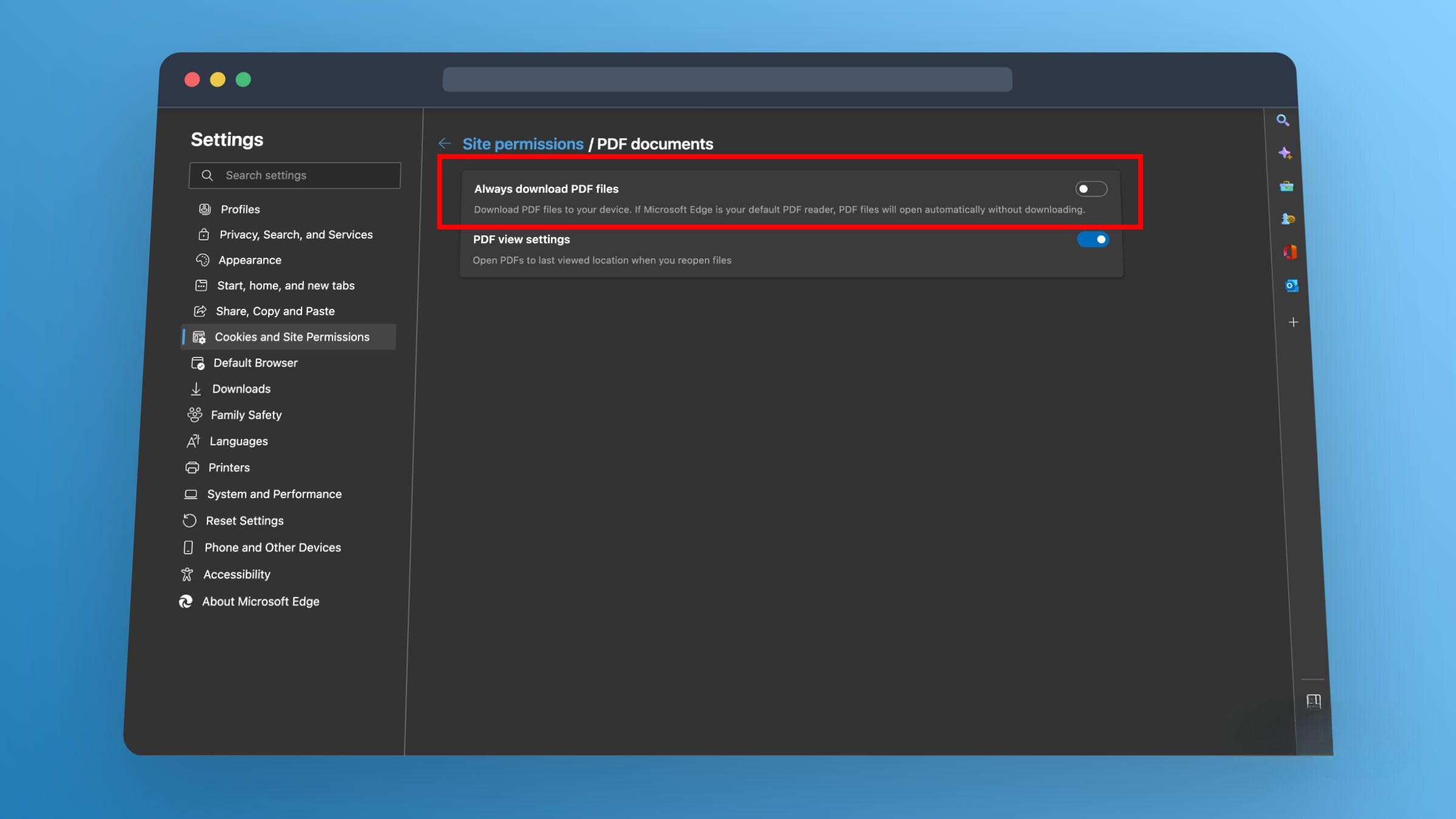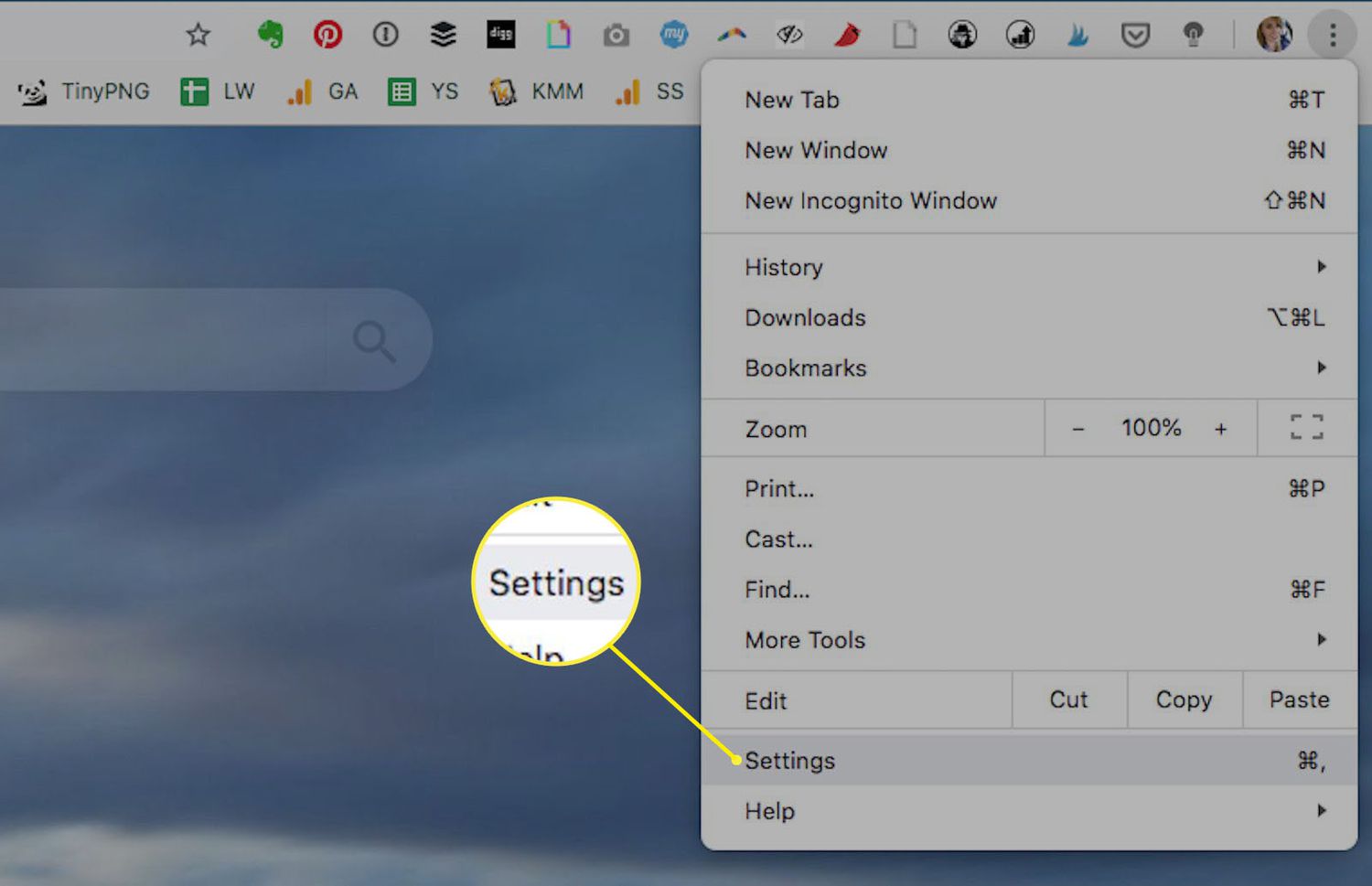Introduction
When it comes to browsing the web, Google Chrome stands out as one of the most popular and versatile web browsers available. Its seamless integration with various file types, including PDFs, provides users with a convenient way to access and view documents directly within the browser window. However, there are instances when users may prefer to have their PDF files open in a dedicated application rather than within Chrome itself. This could be due to personal preferences, the need for advanced features, or simply a desire for a change in the viewing experience.
In this article, we will explore different methods to address the common query, "How do I stop my PDF files from opening in Chrome?" Whether you're looking to adjust Chrome's settings, utilize Adobe Acrobat Reader, or explore alternative web browsers, we've got you covered. By the end of this guide, you'll have a clear understanding of the options available to tailor your PDF viewing experience according to your preferences.
Let's delve into the various approaches that can help you take control of how PDF files are handled within the Chrome browser. Whether you're a casual user seeking a more streamlined viewing experience or a professional requiring advanced features for document management, the solutions presented here will empower you to make informed decisions about how your PDF files are accessed and displayed.
Changing Chrome Settings
If you prefer to adjust how PDF files are handled within Google Chrome, you'll be pleased to know that the browser offers a straightforward method to customize these settings. By making a few adjustments, you can ensure that PDF files are no longer automatically opened within the browser, providing you with the flexibility to choose how you'd like to view them.
To begin, open Google Chrome and navigate to the top-right corner of the browser window, where you'll find the three-dot menu icon. Click on this icon to reveal a dropdown menu, then select "Settings" from the list of options. Once you're in the Settings menu, scroll down and click on "Privacy and security" in the left-hand sidebar. Next, select "Site settings" and then "PDF documents." Here, you'll find a toggle switch labeled "Download PDF files instead of automatically opening them in Chrome." By enabling this option, Chrome will download PDF files to your computer instead of opening them within the browser.
By following these simple steps, you can effectively change Chrome's default behavior for handling PDF files. This adjustment provides you with greater control over how PDFs are accessed, allowing you to decide whether to open them in a dedicated PDF viewer or download them for offline viewing. Whether you're seeking a more streamlined browsing experience or looking to integrate PDFs with specific applications, customizing Chrome's settings can significantly enhance your overall workflow.
In addition to the method outlined above, Chrome also offers the option to set default applications for opening specific file types. By accessing the "Content settings" within the "Site settings" menu, you can specify which applications should be used to open various file formats, including PDFs. This level of customization ensures that your preferred applications are seamlessly integrated with your browsing experience, allowing for a more personalized and efficient workflow.
By taking advantage of Chrome's customizable settings, you can tailor your browsing experience to align with your specific preferences and workflow requirements. Whether you're a casual user seeking a more streamlined viewing experience or a professional requiring advanced features for document management, Chrome's flexibility empowers you to make informed decisions about how your PDF files are accessed and displayed.
Using Adobe Acrobat Reader
If you're looking for a dedicated and feature-rich solution to manage your PDF files outside of the Chrome browser, Adobe Acrobat Reader is a compelling option. As a widely recognized and trusted application for viewing, annotating, and editing PDF documents, Adobe Acrobat Reader offers a comprehensive set of tools to enhance your document management experience.
To begin, ensure that Adobe Acrobat Reader is installed on your computer. If you don't have it already, you can easily download and install it from the official Adobe website. Once installed, you can set Adobe Acrobat Reader as the default application for opening PDF files on your system. This ensures that whenever you access a PDF file, it will automatically open in Adobe Acrobat Reader, providing you with a dedicated environment for viewing and interacting with your documents.
Adobe Acrobat Reader offers a range of advanced features that go beyond basic PDF viewing. With this application, you can annotate PDFs, add comments, highlight text, fill out forms, and even digitally sign documents. These capabilities are particularly valuable for professionals who require advanced document management tools or individuals who seek to interact with PDF files in a more dynamic and personalized manner.
Moreover, Adobe Acrobat Reader provides seamless integration with cloud storage services, allowing you to access and manage your PDF files across different devices. Whether you're working on a desktop computer, a laptop, or a mobile device, Adobe Acrobat Reader ensures that your PDF documents are readily accessible and synchronized, enabling a consistent and efficient workflow.
By utilizing Adobe Acrobat Reader as your preferred PDF viewing application, you gain access to a robust set of features designed to streamline your document management tasks. Whether you're reviewing business reports, collaborating on project documents, or simply reading through research papers, Adobe Acrobat Reader empowers you to interact with PDF files in a manner that aligns with your specific needs and preferences.
In summary, Adobe Acrobat Reader serves as a versatile and powerful solution for managing PDF files outside of the Chrome browser. Its advanced features, seamless integration with cloud services, and user-friendly interface make it an ideal choice for individuals and professionals seeking a dedicated environment for viewing, annotating, and interacting with PDF documents.
Using Another Web Browser
If you're seeking an alternative approach to managing your PDF files outside of Google Chrome, exploring other web browsers presents a viable solution. While Chrome offers a seamless and integrated experience for viewing PDFs, you may find that using a different web browser aligns more closely with your preferences and workflow requirements.
One popular alternative to Chrome is Mozilla Firefox. Known for its robust customization options and privacy features, Firefox provides a user-friendly environment for browsing the web and managing various file types, including PDFs. By default, Firefox allows users to open PDF files within the browser window, similar to Chrome. However, if you prefer to have PDFs open in a dedicated application, Firefox offers a simple method to adjust this behavior.
To configure Firefox to open PDF files in a separate application, start by opening the browser and navigating to the three-line menu icon in the top-right corner. From the dropdown menu, select "Options" and then navigate to the "General" tab. Scroll down to the "Applications" section and locate "Portable Document Format (PDF)." Next to this entry, click on the dropdown menu and select "Use Adobe Acrobat (in Firefox)" or "Use other" to specify a different application for opening PDF files. By making this adjustment, you can ensure that PDFs are no longer opened within the Firefox browser, providing you with the flexibility to choose how you'd like to view them.
Another alternative web browser worth considering is Microsoft Edge. With its seamless integration with Windows operating systems and a focus on productivity, Edge offers a compelling platform for managing PDF files. Similar to Chrome and Firefox, Edge provides the option to open PDF files within the browser window. However, if you prefer to use a dedicated application for viewing PDFs, Edge allows you to adjust this behavior through its settings.
To configure Edge to open PDF files in a dedicated application, launch the browser and click on the three-dot menu icon in the top-right corner. From the dropdown menu, select "Settings" and navigate to the "Cookies and site permissions" section. Here, click on "PDF documents" and toggle the switch to enable "Always open PDF files externally." This setting ensures that PDF files are opened in a separate application rather than within the Edge browser, providing you with greater control over your PDF viewing experience.
In summary, exploring alternative web browsers such as Mozilla Firefox and Microsoft Edge offers a viable approach to managing PDF files outside of Google Chrome. By customizing the settings within these browsers, you can tailor your PDF viewing experience to align with your specific preferences and workflow requirements. Whether you're seeking enhanced privacy features, seamless integration with Windows, or a different browsing environment, these alternative web browsers provide valuable options for managing and viewing PDF files according to your preferences.







